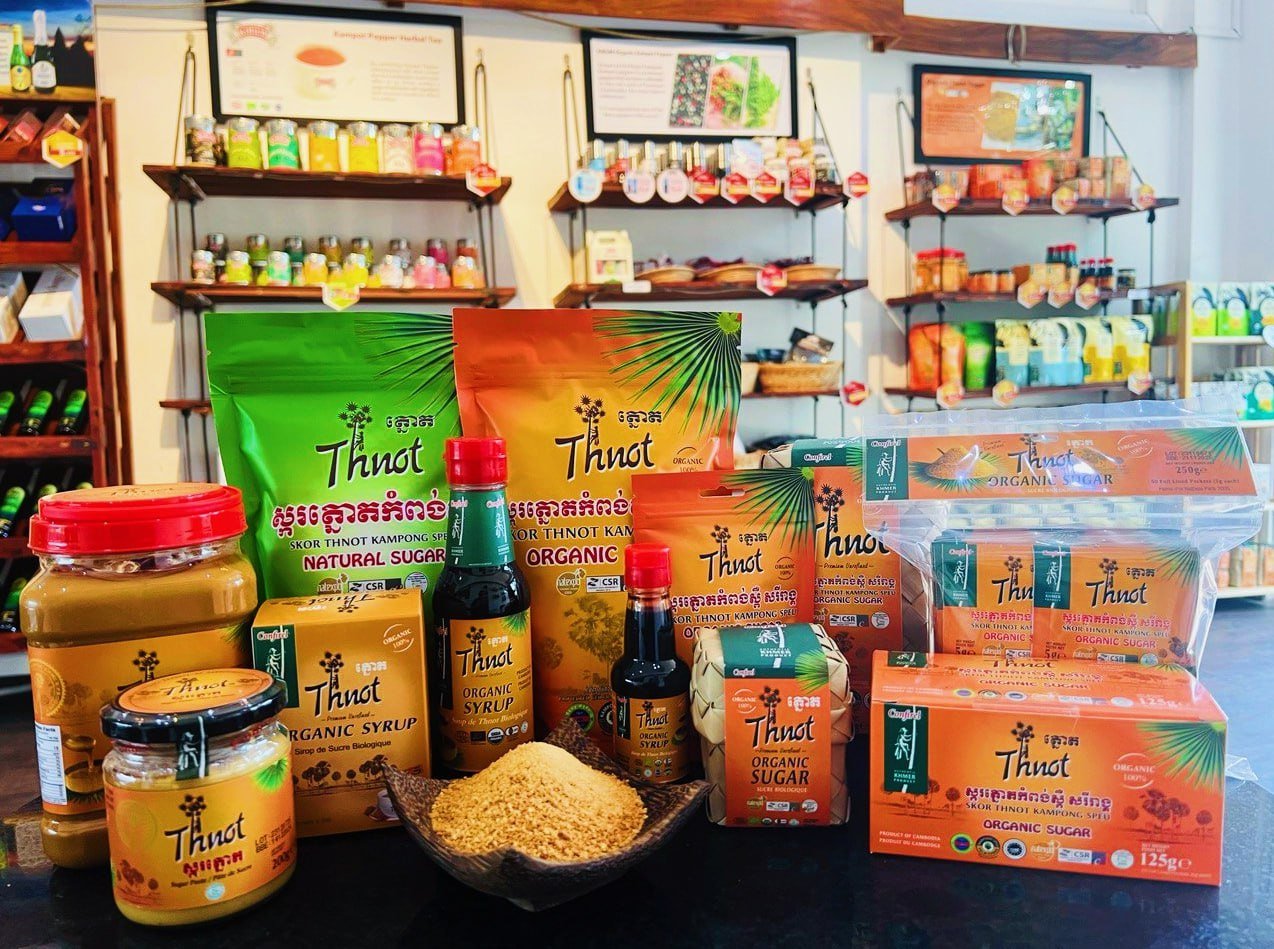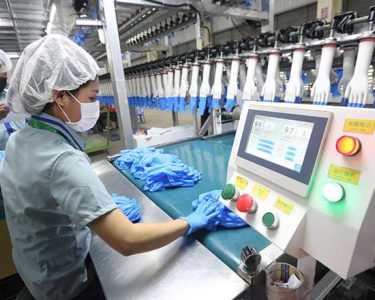By Pheakdey Heng
Over the past decades, Cambodia’s economy has grown at an impressive pace. Yet this growth has been powered largely by a handful of export-oriented industries — garments, footwear, rice, and tourism — while the domestic market for homegrown products remains underdeveloped.
Walk into a supermarket in Phnom Penh or Siem Reap, and you will likely see shelf after shelf stocked with goods from Thailand, Vietnam or China. Even in local markets, imported products are often more visible than those made a few provinces away.
The preference for foreign goods runs deep. For many people, an imported product signals higher quality, better safety and a touch of prestige. That perception, accurate or not, poses a serious challenge for local producers trying to compete in their own backyard.
This is not a uniquely Cambodian story. Countries across Southeast Asia have wrestled with the same problem and found creative ways to turn the tide. Thailand’s “Buy Thai First,” Malaysia’s “Buy Malaysian,” and Vietnam’s “Vietnamese People Use Vietnamese Goods” campaigns are examples of efforts to make local products desirable and competitive. With the right strategy, Cambodia could do the same — and in doing so, strengthen its industries, create jobs, and build a deeper sense of pride in what is made here.
Winning Hearts through Branding and Storytelling
Shifting consumer habits starts with changing the way people see local goods. That means building a strong national brand. Imagine a “Buy Cambodian” seal — a mark that instantly tells shoppers, This is high-quality. This is ours.
But a logo alone won’t do the job. It needs to be backed by stories that connect people to the products they buy: the farmer in Kampot tending his pepper vines, the artisan in Siem Reap weaving silk, the small workshop in Phnom Penh turning recycled fishing nets into fashion.
We already have success stories that prove this approach works.
Confirel, known for its palm sugar and Kampot pepper products, has built trust through quality certification and by highlighting the farmers behind the goods.
Smateria, a local brand making stylish bags from upcycled materials, has captured a growing market by blending environmental values with modern design. These examples show that when quality and storytelling come together, local products can win over shoppers.
Raising Standards, Building Trust
The other side of the equation is quality. It’s hard to convince someone to choose Cambodian if the product doesn’t meet their expectations. Inconsistent quality control, poor packaging and weak labeling have held back many SMEs.
This can change. A government-backed certification system could give consumers confidence that a product is safe, durable and worth their money.
We’ve seen how powerful this can be with Kampot pepper. By strictly enforcing quality standards and securing Protected Geographical Indication status, producers have positioned it as one of the world’s finest peppers. There’s no reason the same approach couldn’t work for Cambodian cashews, silk or processed foods.
Making Local Products Easy to Find
Even the best-made product will struggle if it’s not visible. Many small producers find it hard to get shelf space in supermarkets or to distribute beyond their local area. This is where partnerships with retailers can make a difference. Dedicated “Proudly Cambodian” sections in big outlets like Aeon, Lucky or Chip Mong supermarkets would make local goods easier to spot.
Government buying power can also be part of the solution. If schools, hospitals and ministries committed to sourcing a set percentage of supplies from Cambodian producers — whether uniforms, furniture or food — it would give local businesses a steady and predictable market.
Supporting Producers to Grow
For many SMEs, the challenge isn’t just selling their goods — it’s making them at a price and scale that can compete with imports. High production costs, limited equipment, and lack of access to finance often stand in the way. Targeted subsidies for raw materials, low-interest loans and grants for technology upgrades could help level the playing field.
Programs like the Techo Startup Center and Khmer Enterprise have shown that with mentoring and funding, Cambodian entrepreneurs can innovate and scale. Expanding these kinds of initiative to include traditional producers in food processing, handicrafts and household goods could unlock a wave of growth.
Changing People’s Mindset
Changing buying habits isn’t just about today’s consumers — it’s about tomorrow’s as well. Schools can play a role by teaching students the value of supporting local industries and showing them how entrepreneurship drives community development. Youth competitions that challenge students to create branding campaigns or product ideas for local SMEs could blend creativity with real-world impact.
A National Effort with Long-Term Payoff
To make this vision a reality, Cambodia needs a coordinated approach. The Ministry of Commerce, the Ministry of Industry, Science, Technology and Innovation, and the Ministry of Tourism can take the lead, working closely with retailers, SME associations, and civil society.
A phased plan over five to ten years, backed by regular progress reviews, would allow the strategy to adapt and grow.
The rewards could be significant: stronger SMEs, more rural jobs, greater consumer pride, and a more resilient economy. But beyond the numbers, promoting Cambodian products is about more than market share — it’s about identity. It’s about seeing a label that says Made in Cambodia and feeling confident, proud, and connected to the people who made it.
Pheakdey Heng, PhD, is an independent public policy analyst.





